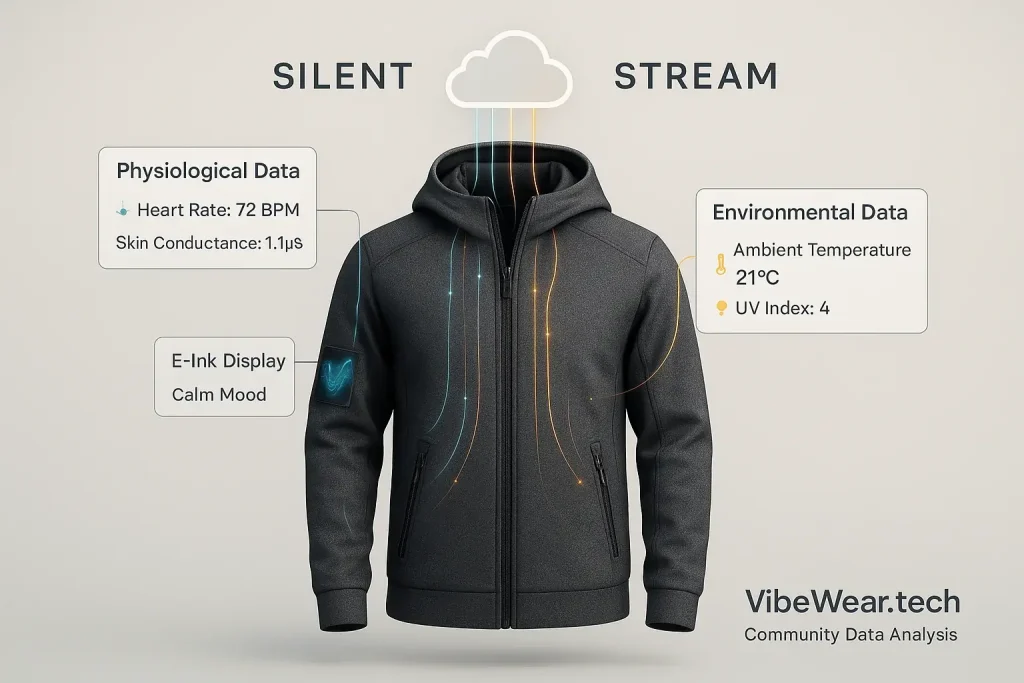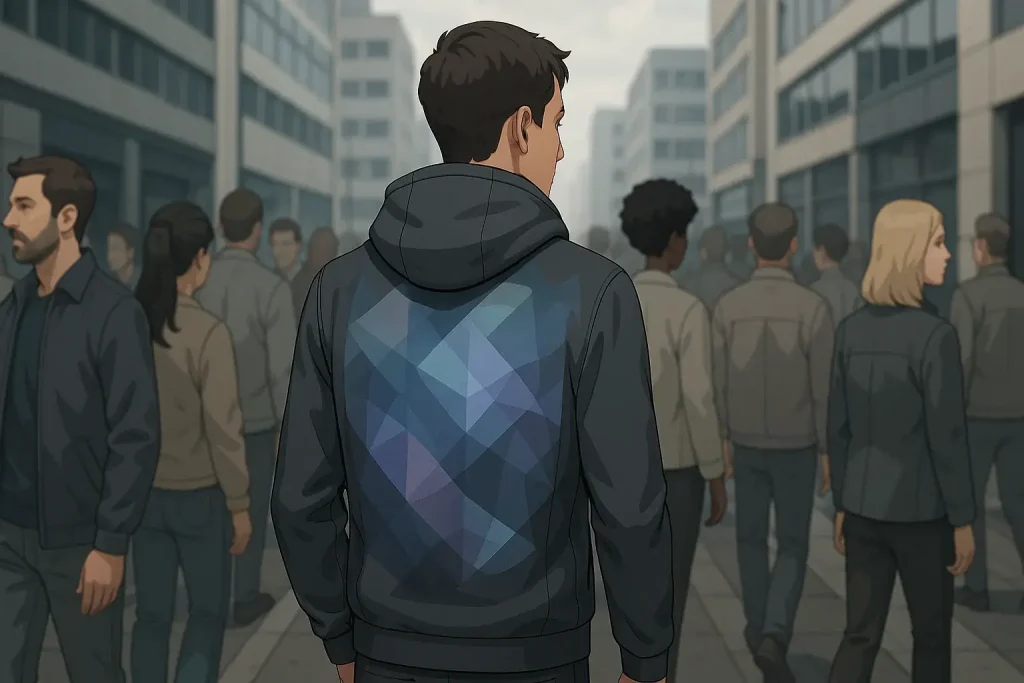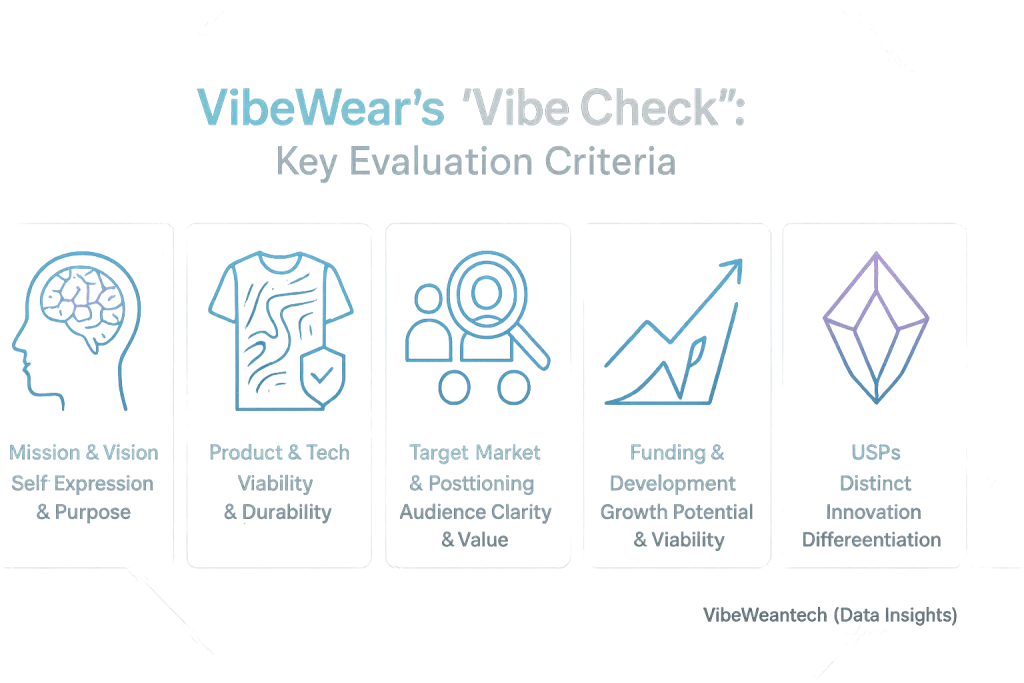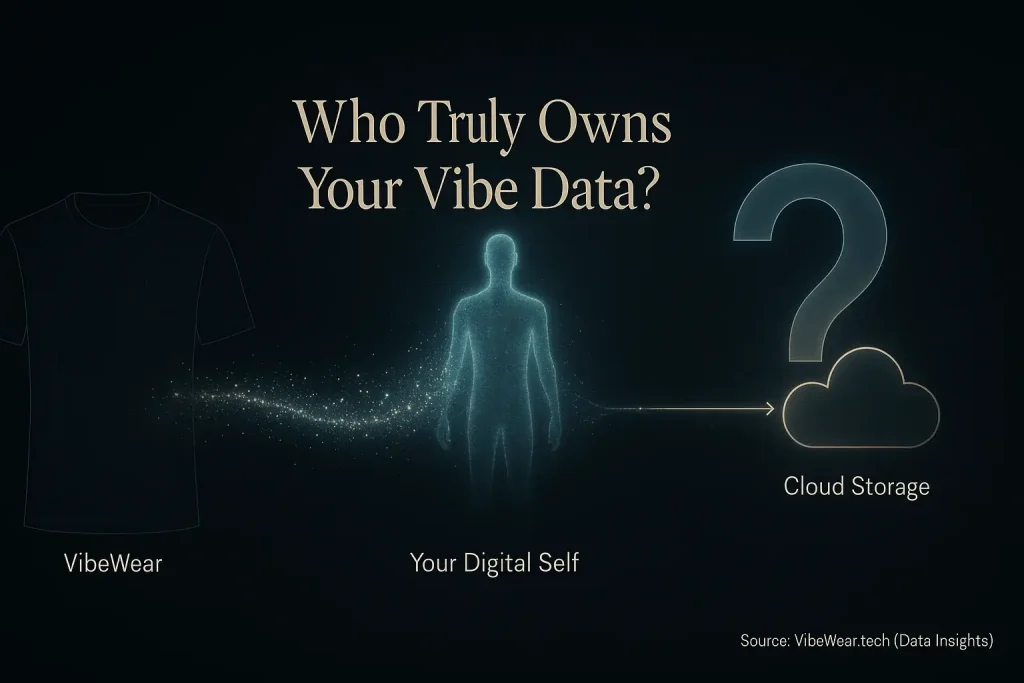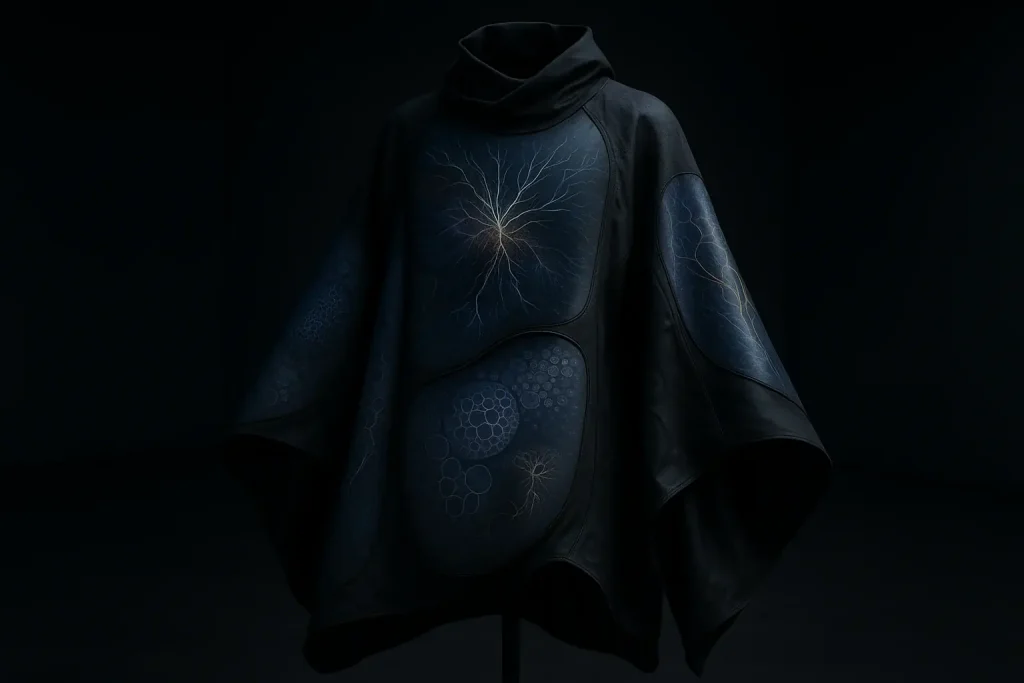The Future is Here, But Where's the Crowd? Unpacking E-Ink Fashion's Adoption Puzzle
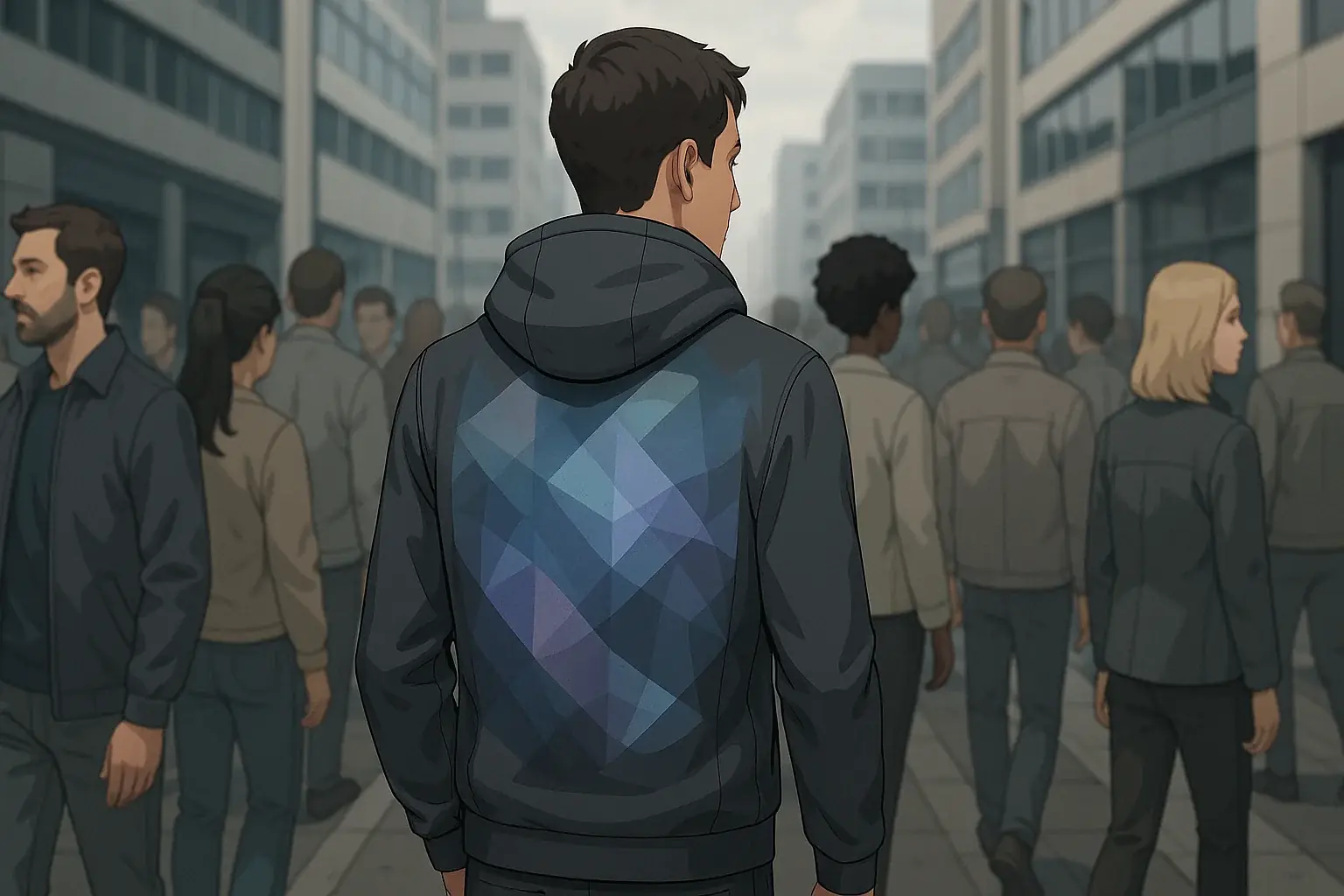
E-Ink clothing promises wearable revolution. Your style shifts with your mood. Colors change. Patterns morph. Yet, our streets show little of this magic. So, the big question: if mood-adaptive E-Ink fashion is so potent, why isn't it mainstream? VibeWear begins its deep dive here.
The answer is not one simple soundbite. Forget easy explanations. A complex web of factors restricts widespread adoption. Technological maturity plays a role. Economic viability presents challenges. Even social acceptance is a hurdle. VibeWear is committed to exposing the unspoken truths. We cut through the hype.
Our analysis will dissect these critical adoption barriers. We will examine everything: production complexities, price point realities, and the crucial element of user interface design. VibeWear offers this realistic investigation. We clarify why E-Ink streetwear remains a niche, not yet a global force.
The Price Tag Problem: Why E-Ink Clothing Isn't Budget-Friendly (Yet)
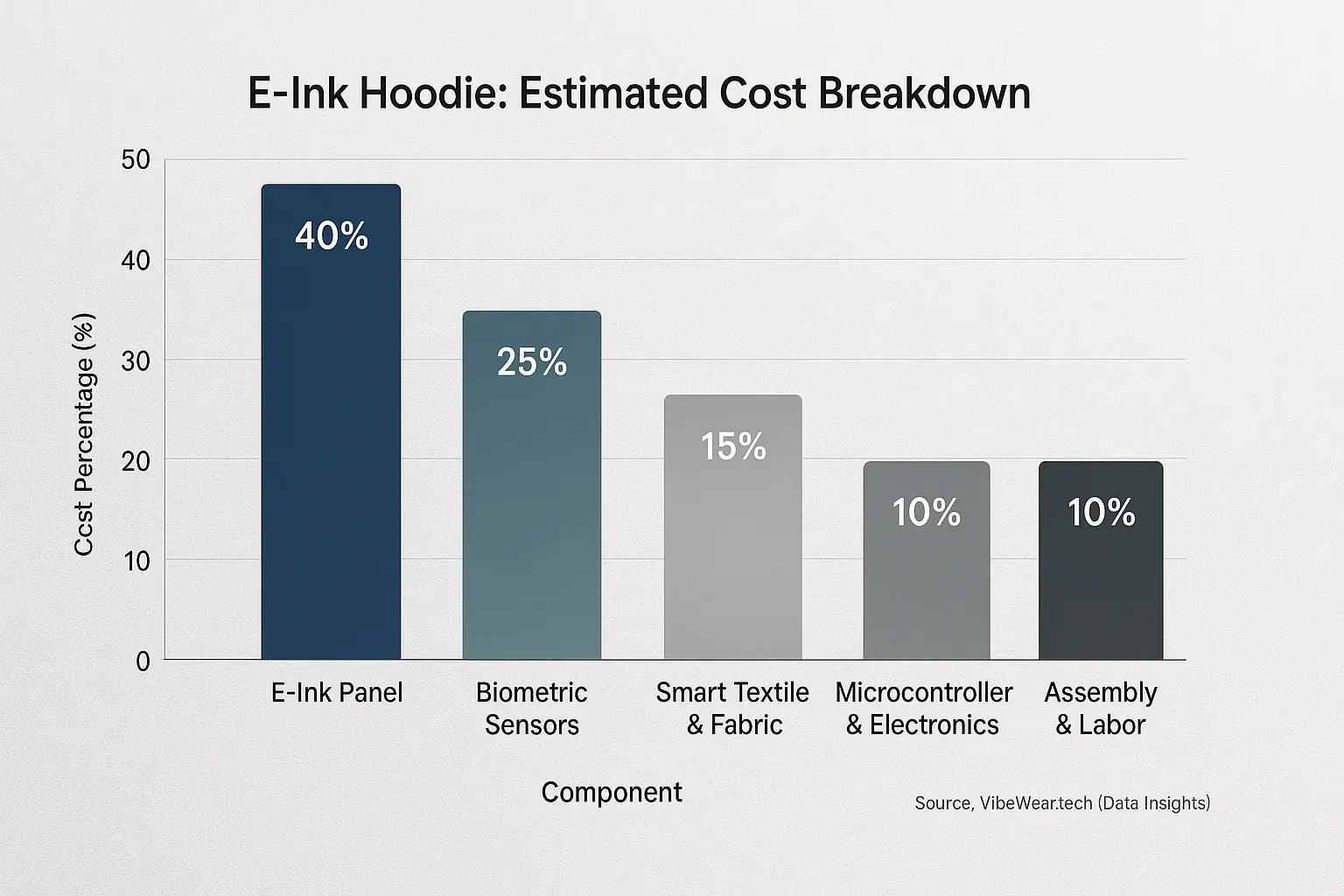
Let's state an unspoken truth. E-Ink clothing is expensive. Imagine falling in love with a dynamic E-Ink jacket. Then you see a price tag that makes your jaw drop. You are not alone. This initial sticker shock reflects more than just a 'new tech' premium. VibeWear's analysis indicates fundamental component costs are the primary drivers. These realities currently limit broad accessibility.
The core expense lies in specialized components. Flexible E-Ink panels demand intricate manufacturing. These processes involve unique substrates and precision printing, adding significant cost . Integrating miniaturized biometric sensors also inflates the final price. Different sensor types, like EDA or EEG, possess unique cost structures, further complicated by the need for high accuracy and advanced microfabrication for smaller sizes . Smart textile development itself adds another layer of manufacturing complexity.
A classic 'chicken-and-egg' scenario unfolds. High unit costs limit consumer demand for E-Ink apparel. This suppressed demand prevents the large-scale production runs necessary for achieving economies of scale . Without mass production, component pricing and manufacturing expenses remain stubbornly high. This cycle makes affordability a major barrier for many thoughtful consumers and aspiring creators. How does the industry break this loop?
Price reductions for E-Ink fashion will likely occur. However, VibeWear projects this will be a gradual process. Significant drops depend on breakthroughs in material science, display manufacturing efficiency, and sensor production volume . Until then, E-Ink clothing remains a luxury. It is a premium investment in wearable technology's future.
Beyond the Hype: Can E-Ink Clothes Survive Real Life? Durability & Washability Worries
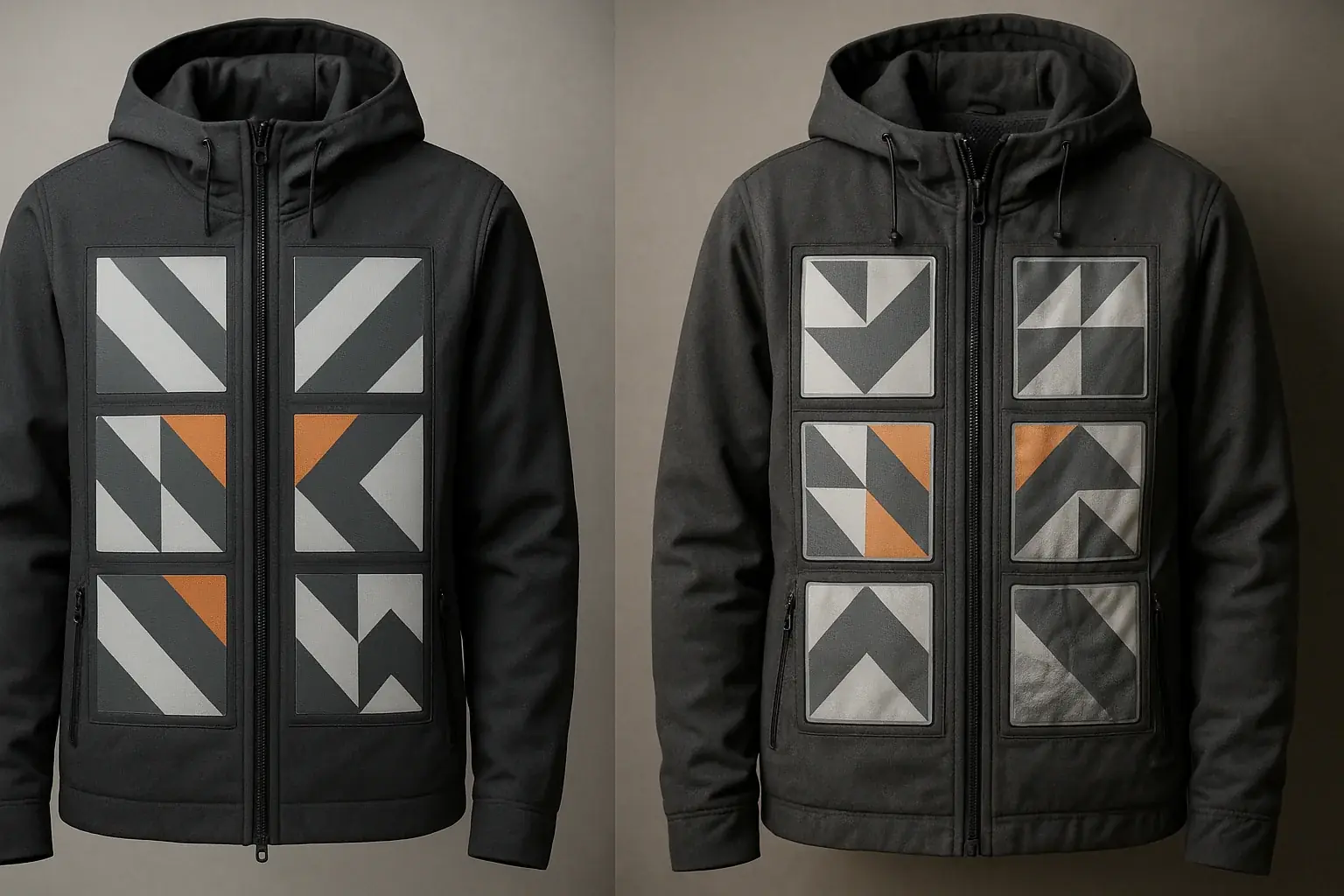
You invested in a new E-Ink jacket. Groundbreaking tech. Now, what if it rains? Or you spill coffee? These practical questions about daily use are huge barriers for potential wearers.
E-Ink panels themselves can be delicate. Flexible displays might introduce more failure points. Electronics and water? They are not friends. Integrating these sensitive components into textiles that must bend and stretch presents enormous design challenges. Current solutions often represent a compromise.
Labs test these garments rigorously. Real-world use is a different beast. People expect clothing to withstand daily life. A simple snag or an accidental wash can transform your futuristic jacket into an expensive, inert item. A harsh reality.
Researchers actively pursue tougher E-Ink. They explore improved waterproofing for embedded electronics. Truly washable smart fabrics are a key goal. However, widely available, resilient E-Ink apparel remains some way off. Realistic expectations are vital.
The 'Geek Factor' & Social Vibe: Is E-Ink Fashion Ready for the Mainstream Closet?

Will people stare? Will your clothes scream 'tech experiment'? These anxieties are real for potential wearers. Fashion remains profoundly social. E-Ink clothing currently confronts a significant 'geek factor' perception. Society accepts or rejects new styles based on complex, often unspoken, rules. Breaking through requires more than just innovative technology.
Many current E-Ink prototypes prioritize their smart features. Fashion aesthetics sometimes feel secondary. This prioritization influences public perception strongly. Imagine a user loving the adaptive concept. But if the garment’s design looks like a lab project, not desirable streetwear, it likely stays hidden. The truth? Subtle social dynamics heavily influence fashion adoption, often more than pure functionality.
E-Ink apparel must evolve beyond mere novelty. It needs to become genuinely desirable for its visual and expressive qualities. The technology itself cannot be the sole attraction. Fashion trends often dictate what society accepts. Trendsetters and influencers play a pivotal role here. Their choices can help integrate new aesthetics into existing social norms, challenging any lingering stigma.
Future designs could make the technology almost invisible. Marketing narratives might focus on personal expression. Seamless integration into everyday style is the goal. This approach allows the unique benefits of mood-adaptive E-Ink to shine. It helps fashion perceive these garments as enhancements, not oddities. That shift is vital.
Plug & Play or Code & Pray? The Usability Hurdle for E-Ink Fashion
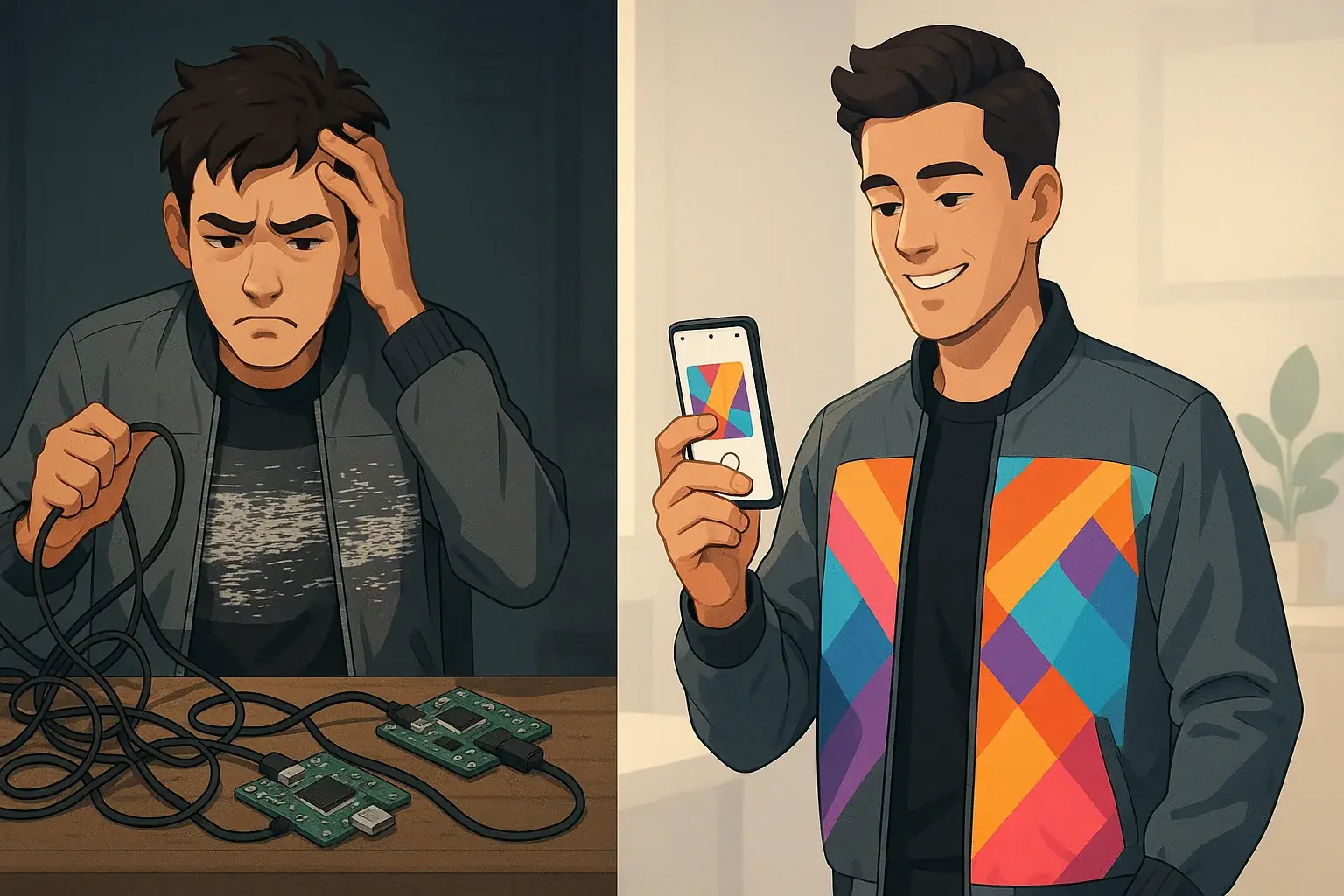
You want to change your shirt's pattern. Do you open an app? Connect to a computer? Or maybe, God forbid, write some code? This initial interaction often determines user commitment. Complex setup processes for E-Ink clothing immediately deter many average consumers. Daily use, if cumbersome, presents another significant barrier to widespread adoption.
The word from early adopters and DIY communities reveals an unspoken truth. Many current E-Ink apparel concepts require a surprising degree of technical literacy. Users might need to understand microcontrollers. Basic coding or intricate app troubleshooting frequently complicates the experience. This technical threshold effectively excludes the vast majority of the fashion-conscious market. They simply want style, not a science project.
Seamless user interfaces (UI) are therefore non-negotiable for E-Ink fashion's future. Intuitive user experiences (UX) will define success. People expect 'plug and play' simplicity. True ease of use is paramount. Imagine this: if altering your garment's display proves more difficult than changing your phone's wallpaper, users will lose interest. They will walk away. Quickly.
Smarter app development holds immense promise here. Simplified hardware integration can also drastically lower the entry barrier. The ultimate aim must be effortless personalization. Fashion expression should not require a computer science background. The technology must serve the style, invisibly.
Beyond Blinking Lights: The Missing 'Killer App' for E-Ink Fashion
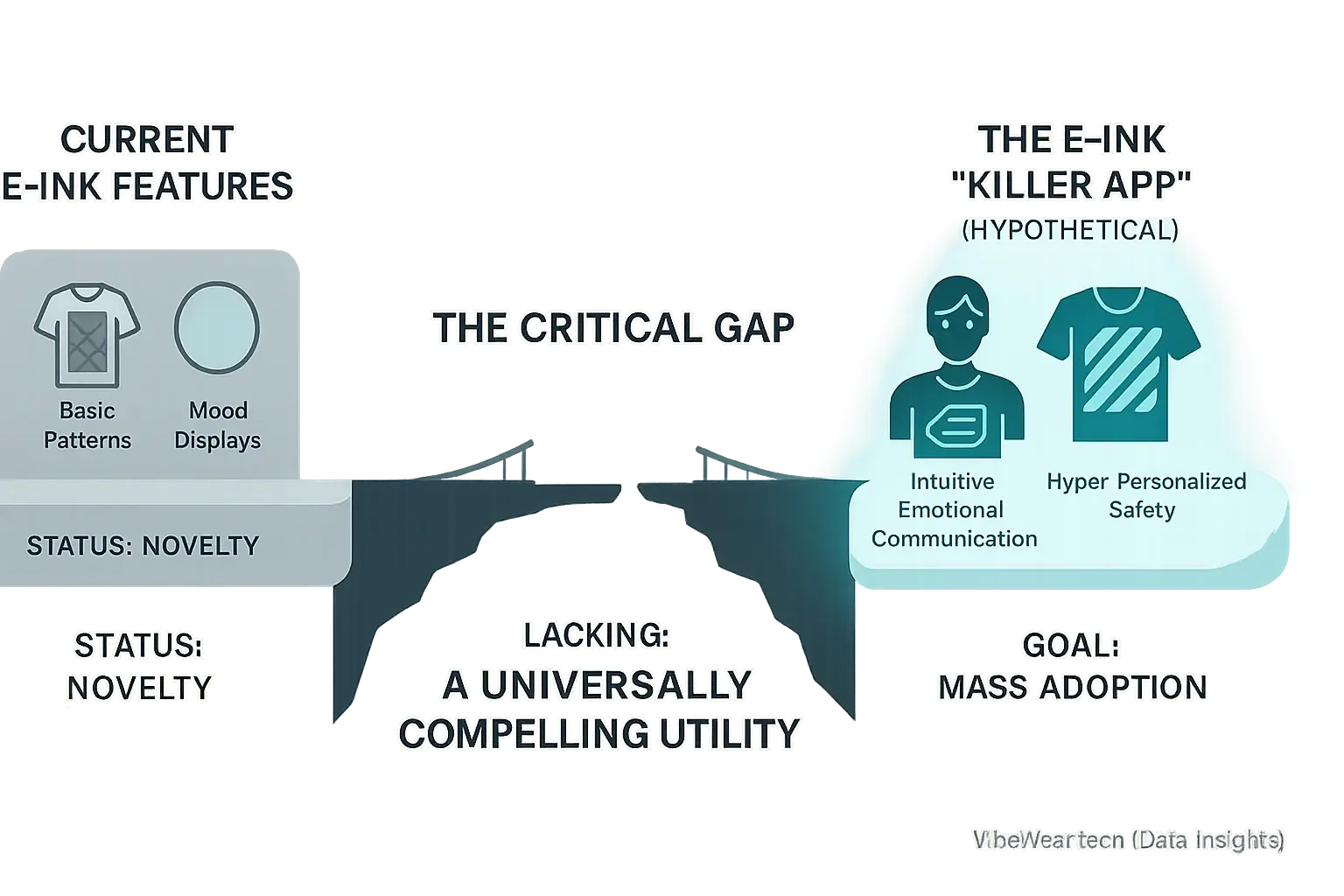
What is the one thing E-Ink clothing must do that nothing else can? If you struggle for an answer, you have identified a major barrier. E-Ink fashion currently lacks a universally compelling killer application. This absence keeps it mostly in the realm of novelty. Mass appeal demands more.
Many current E-Ink clothing features feel like interesting additions. Subtle mood displays are intriguing. Basic pattern changes offer some customization. But consider smartphones: people buy them for communication, their core indispensable utility, not just for the apps. What is the fundamental, undeniable value proposition of E-Ink fashion that justifies widespread adoption? VibeWear's investigation into user needs reveals a critical gap here. Cool technology alone seldom drives a market revolution; problem-solving does.
An E-Ink clothing killer application might involve truly intuitive emotional communication, far beyond simple color shifts. Imagine apparel that subtly conveys nuanced social cues, enhancing connection. Hyper-personalized safety features, like dynamic visibility in hazardous conditions or discreet bio-feedback alerts, could offer unique value. Perhaps it is a seamless, dynamic blend of our digital identity with our physical presentation. Identifying such a problem-solving, mass-desirability feature remains the industry's paramount challenge. This is the unspoken truth.
Future breakthroughs in sensor integration or advanced material science might unlock this indispensable utility. The journey from clever concept to essential tool is often long. For E-Ink fashion, that journey requires defining its unique, must-have purpose. The potential is there. The question remains open.
What's the Biggest Hurdle? Your Vibe on E-Ink Adoption Barriers
Which barrier do you believe is the *single biggest* hurdle for E-Ink clothing mass adoption?
Your input highlights a key truth. VibeWear adoption barriers are diverse, often tangled with each other. No easy fix. This poll helps us all see the connections between challenges. That clarity is vital.
VibeWear tackles these hurdles head-on. Our mission champions transparency and insights drawn from our community. What you think shapes our focus. Continue exploring VibeWear for deeper dives into overcoming these complex barriers. The path clears.
From Niche to Norm: Pathways to Overcoming Adoption Hurdles

E-Ink clothing's path to mainstream is challenging. Not impossible. Innovation across several fronts is essential for E-Ink Clothing Mainstream Adoption. Technological leaps are needed. Design evolution is critical. User experience demands intuitive simplicity. Cost reduction will open doors.
Technological innovation must accelerate for wider E-Ink clothing acceptance. Cheaper, more durable E-Ink panels are fundamental. Sensors need to shrink further. Better power solutions are vital. Imagine E-Ink panels flexible like fine silk, costing mere cents, and charging from ambient light. That specific tech dream fuels adoption.
Design evolution must craft truly desirable E-Ink garments, moving beyond novelty. Aesthetics attract mainstream users. Intuitive usability is paramount. Seamless integration represents the quiet key to fashion success; the technology must become invisible within the garment's flow. Users want fashion first, tech second.
VibeWear diligently tracks these pivotal developments in E-Ink clothing. We nurture the community shaping this future. Big breakthroughs are on the horizon. Stay with VibeWear (vibewear.tech) for ongoing analysis and insights from fashion's expressive edge. The potential is immense.

